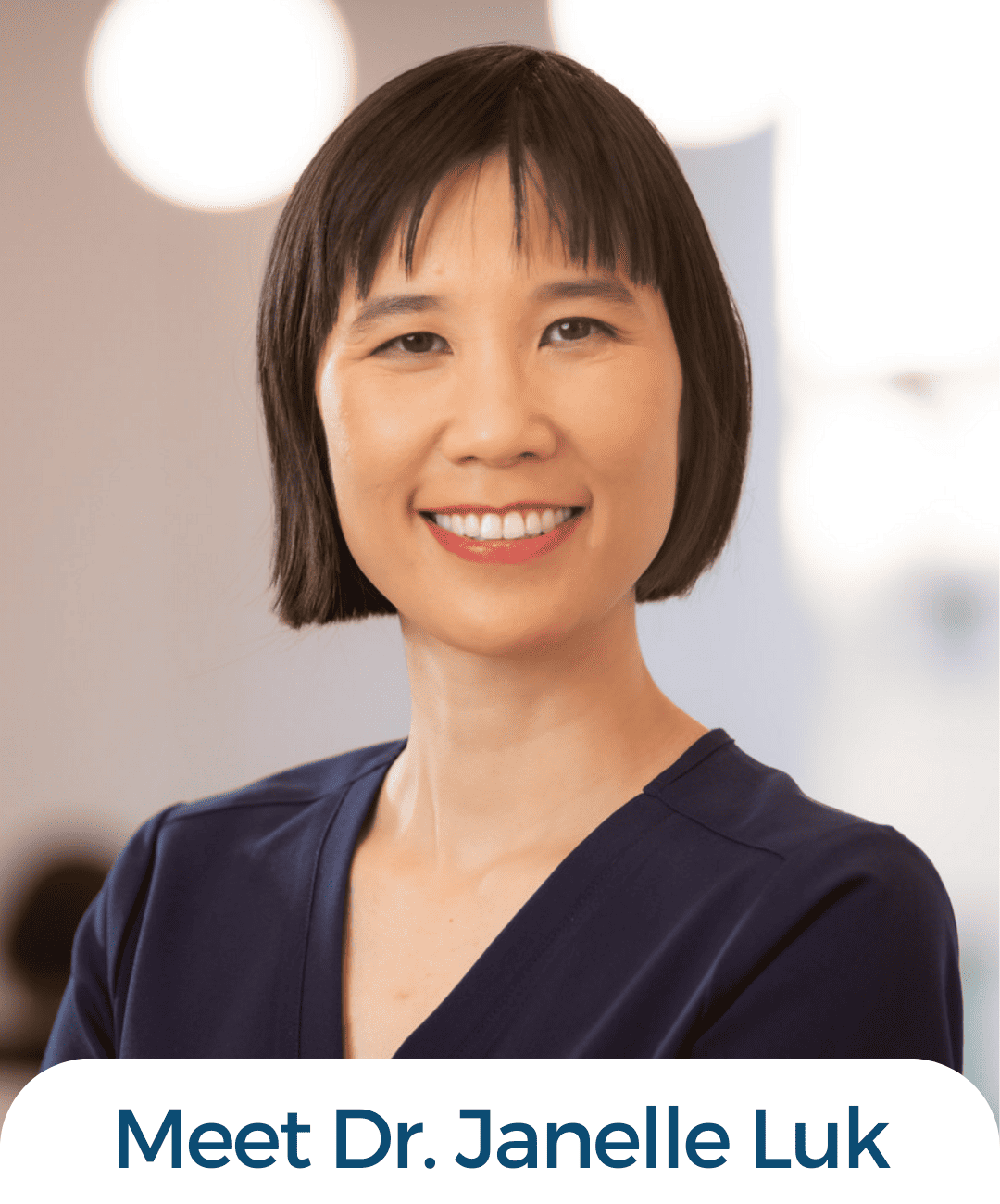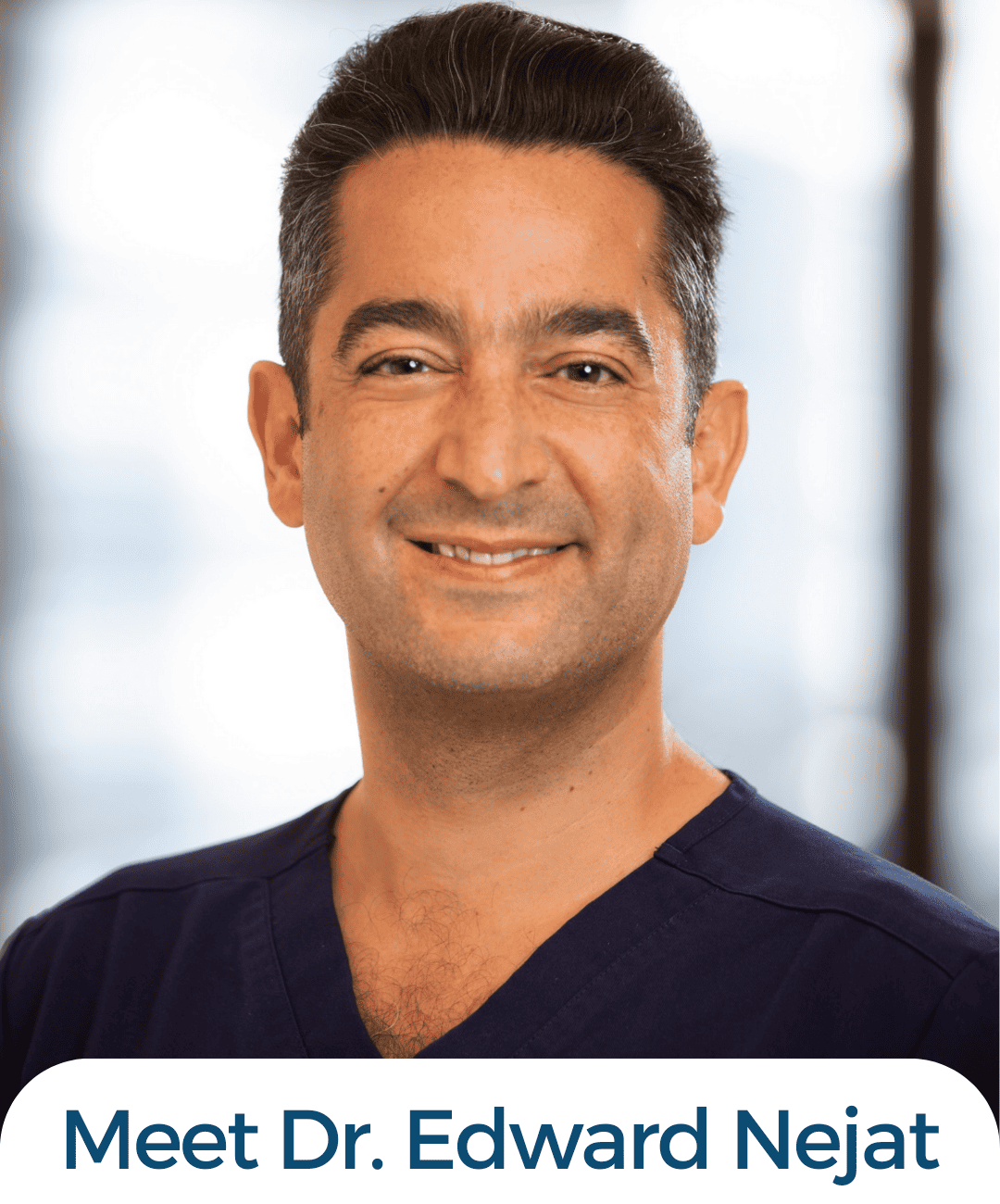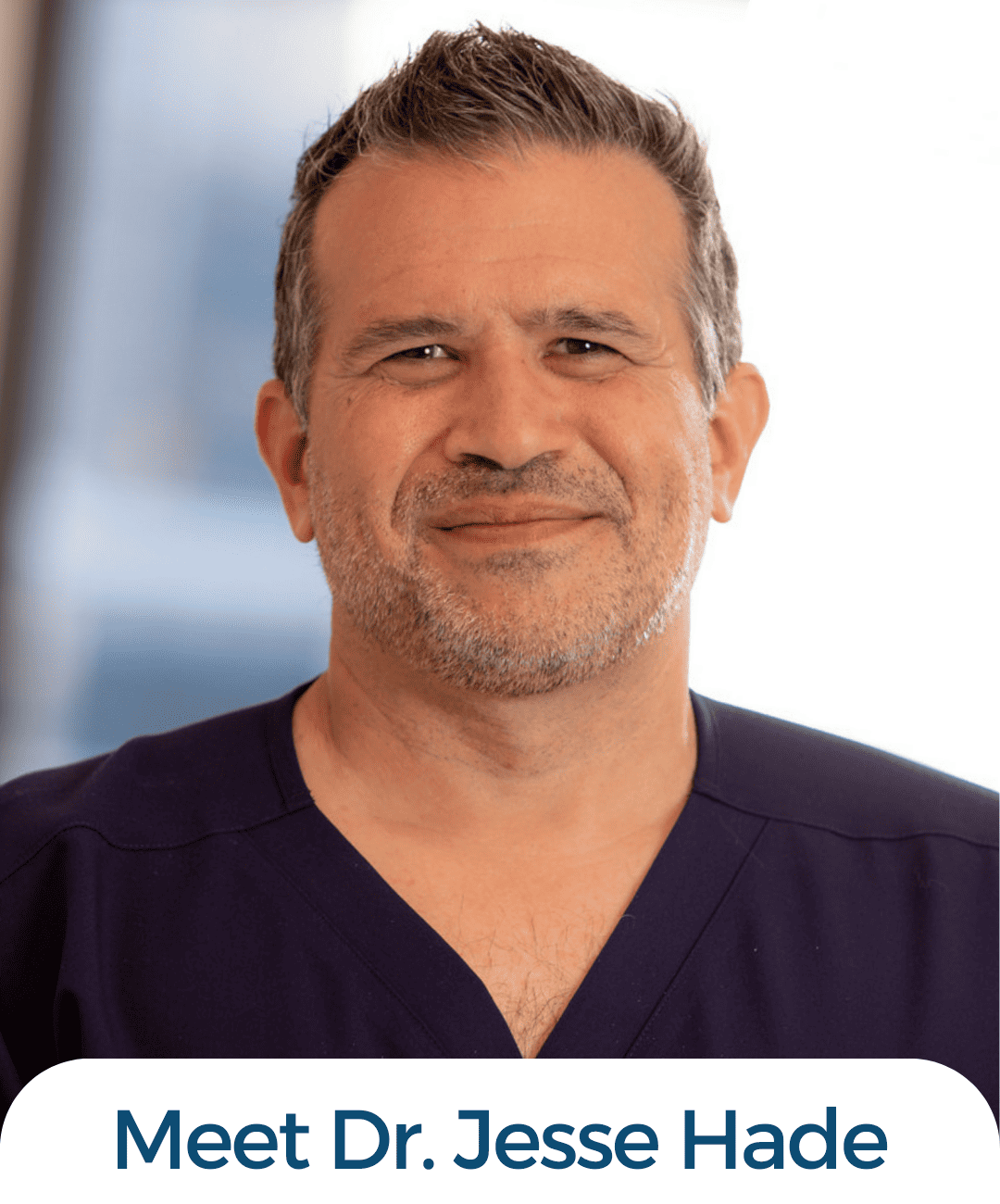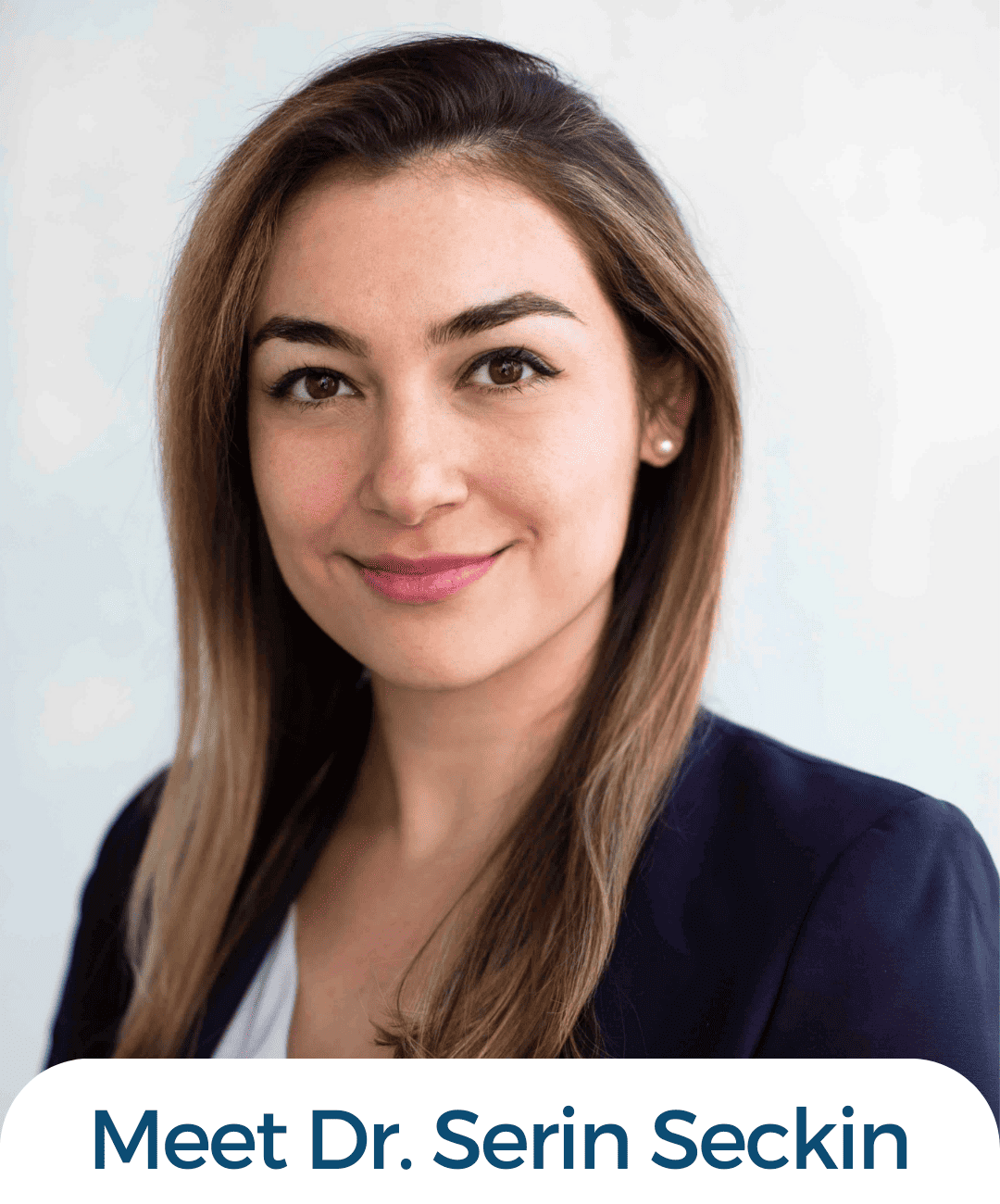
What is the Luteal Phase?
While many think of the menstrual cycle simply as “the time from one period to the next,” there’s actually a lot happening in between. The menstrual cycle is a series of hormonal changes that prepare the body for a potential pregnancy, divided into four phases: menstrual, follicular, ovulatory, and luteal.
The menstrual phase marks the beginning of the cycle and is characterized by the shedding of the uterine lining, known as the endometrium. This occurs when the previous cycle does not result in a pregnancy, allowing the body to clear the lining and prepare for a new one.
Following this, the follicular phase sees rising estrogen levels, which stimulate the growth of several follicles in the ovaries and thicken the uterine lining for potential embryo implantation. Each follicle contains an immature egg, but typically, only one matures fully.
Ovulation then occurs mid-cycle, triggered by a surge in luteinizing hormone (LH) that causes the release of the mature egg from the dominant follicle. The egg then travels through the fallopian tube, where it may encounter sperm and become fertilized.
The final phase, the luteal phase, begins when the empty follicle—now called the corpus luteum—forms in the ovary. The corpus luteum secretes progesterone, which ensures the endometrium is thick and nutrient-rich, creating a supportive environment for a fertilized egg if implantation occurs.
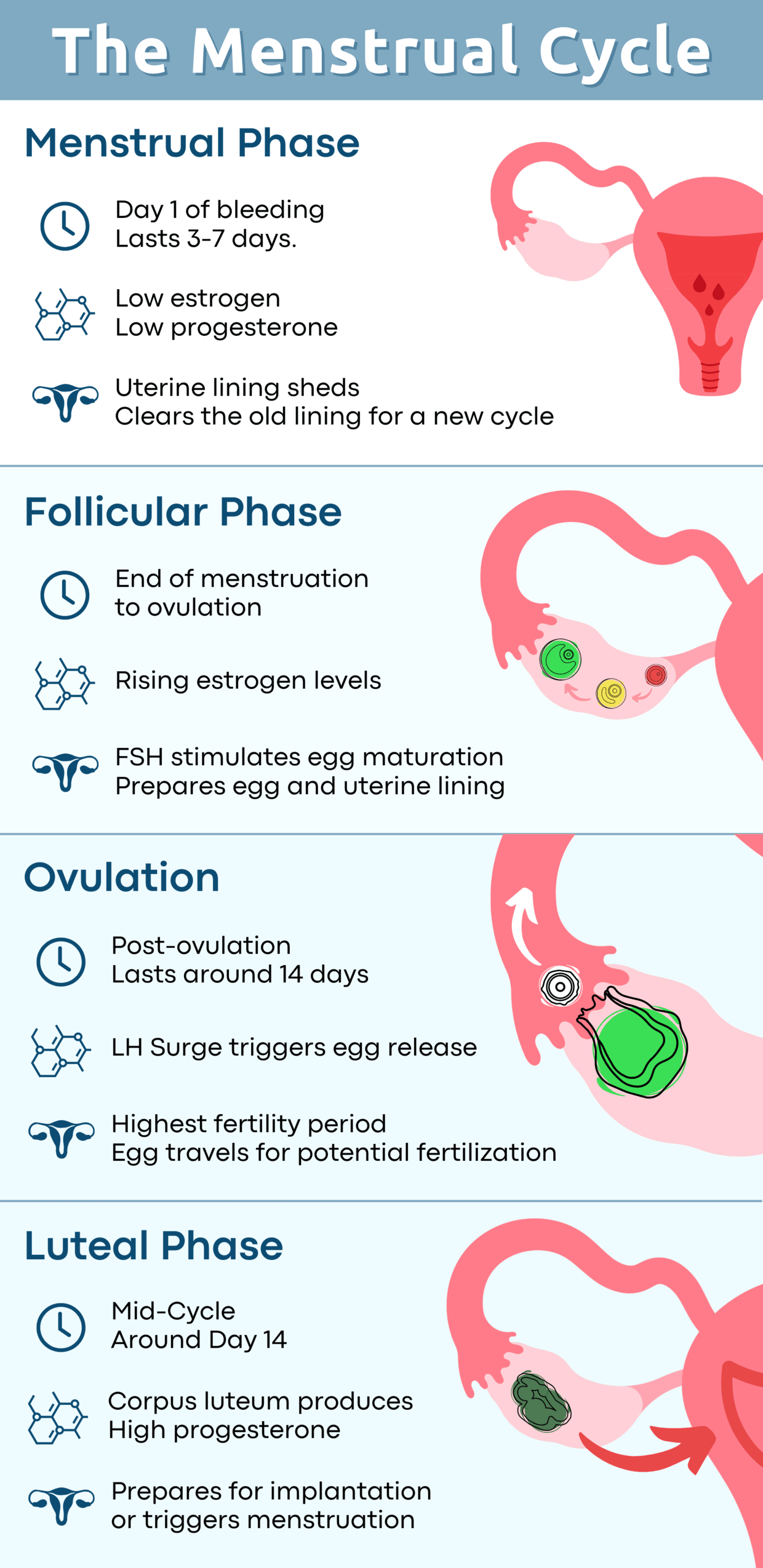
The luteal phase generally lasts about 14 days but can range from 10 to 16 days, depending on individual hormonal responses. During this time, the body prepares for one of two outcomes:
If fertilization and implantation occur: The fertilized egg implants in the uterine lining, and the corpus luteum continues producing progesterone to sustain early pregnancy, maintaining the endometrium until the placenta can take over hormone production.
If fertilization does not occur: The corpus luteum naturally degenerates after around two weeks, leading to a drop in progesterone. This hormonal shift triggers the breakdown of the uterine lining, resulting in menstruation and the start of a new cycle.
The luteal phase is essential for establishing the conditions needed to support early pregnancy.
What is Luteal Phase Stimulation? (LPS)
Luteal Phase Stimulation (LPS), sometimes referred to as DuoStim, is a fertility treatment technique that increases the number of eggs retrieved within a single menstrual cycle. Unlike traditional approaches, which stimulate the ovaries only during the follicular phase, LPS involves a second round of stimulation during the luteal phase. This allows for two egg retrievals within the same cycle and is particularly beneficial for patients with Diminished Ovarian Reserve (DOR), as it maximizes egg retrieval potential.
How Does Luteal Phase Stimulation Work?
Initial Retrieval (Follicular Phase): Early in the cycle, typically between days 3 and 14, medications are administered to stimulate follicle growth. Once these follicles mature, they are retrieved just before ovulation, capturing the eggs ready for fertilization.
Second Retrieval (Luteal Phase): After ovulation, a second round of stimulation targets the remaining follicles. While these may not have been ready during the initial phase, they can mature with continued support. This second retrieval is performed during the luteal phase (around day 21), capturing additional eggs before the cycle ends.

Imagine Luteal Phase Stimulation like a roller coaster ride. Each follicle is like a car on the track, moving towards the peak of maturity. In a standard cycle, once the front car reaches the top, that’s when retrieval occurs, leaving any remaining cars behind. But with LPS, stimulation continues, so those follicles that hadn’t yet matured—the “back cars”—are encouraged to reach the peak as well. By timing it right, the eggs from both the front and back cars are retrieved within the same cycle, maximizing the overall egg count.
What are the Benefits of Luteal Phase Stimulation?
Luteal Phase Stimulation offers several key benefits by enabling a second egg retrieval within the same cycle, increasing the total number of eggs collected and giving patients a “second chance” within the same cycle. This is especially valuable for patients who didn’t retrieve enough eggs initially or need to move quickly.
While the medications are similar to the first stimulation, dosages may be adjusted for the luteal phase’s unique hormonal environment. This customized approach helps support optimal egg maturation at this different cycle stage.
LPS is particularly helpful for patients with Diminished Ovarian Reserve (DOR) or those seeking to maximize results in a single cycle. Research from Generation Next Fertility, published in ASRM Fertility & Sterility, shows promising results. Dr. Hade explains that “the number of eggs you can get is more than double,” which can be transformative, especially for older patients needing to maximize embryo creation.
Is Luteal Phase Stimulation Right For You?
Luteal Phase Stimulation represents an innovative advancement in fertility treatments, giving patients the opportunity to retrieve more eggs within a single cycle. By making full use of both the follicular and luteal phases, LPS maximizes each cycle’s potential, particularly benefiting those with Diminished Ovarian Reserve or those on a tight timeline.
This approach not only increases the chances of a successful egg retrieval but also offers new hope for individuals and couples on their journey to parenthood. With ongoing research and positive outcomes, LPS is quickly becoming a valuable option for improving IVF success rates and optimizing reproductive outcomes.
If you’re interested in learning more, schedule a consultation with our fertility specialists to see if Luteal Phase Stimulation could be the right choice for your fertility journey.
Choosing the right fertility doctor is the best way to make sure that your dreams come true. Every patient who comes to Generation Next Fertility is treated as an individual and will receive a customized treatment plan to provide them with the best possible results. Our Physicians believe in clear communication and are committed to keeping you fully informed and empowered on your journey. With a combined experience of 50+ years, the doctors at Generation Next Fertility offer world class expertise and a dynamic skill-set that guarantees your satisfaction on every step of your path to parenthood.

